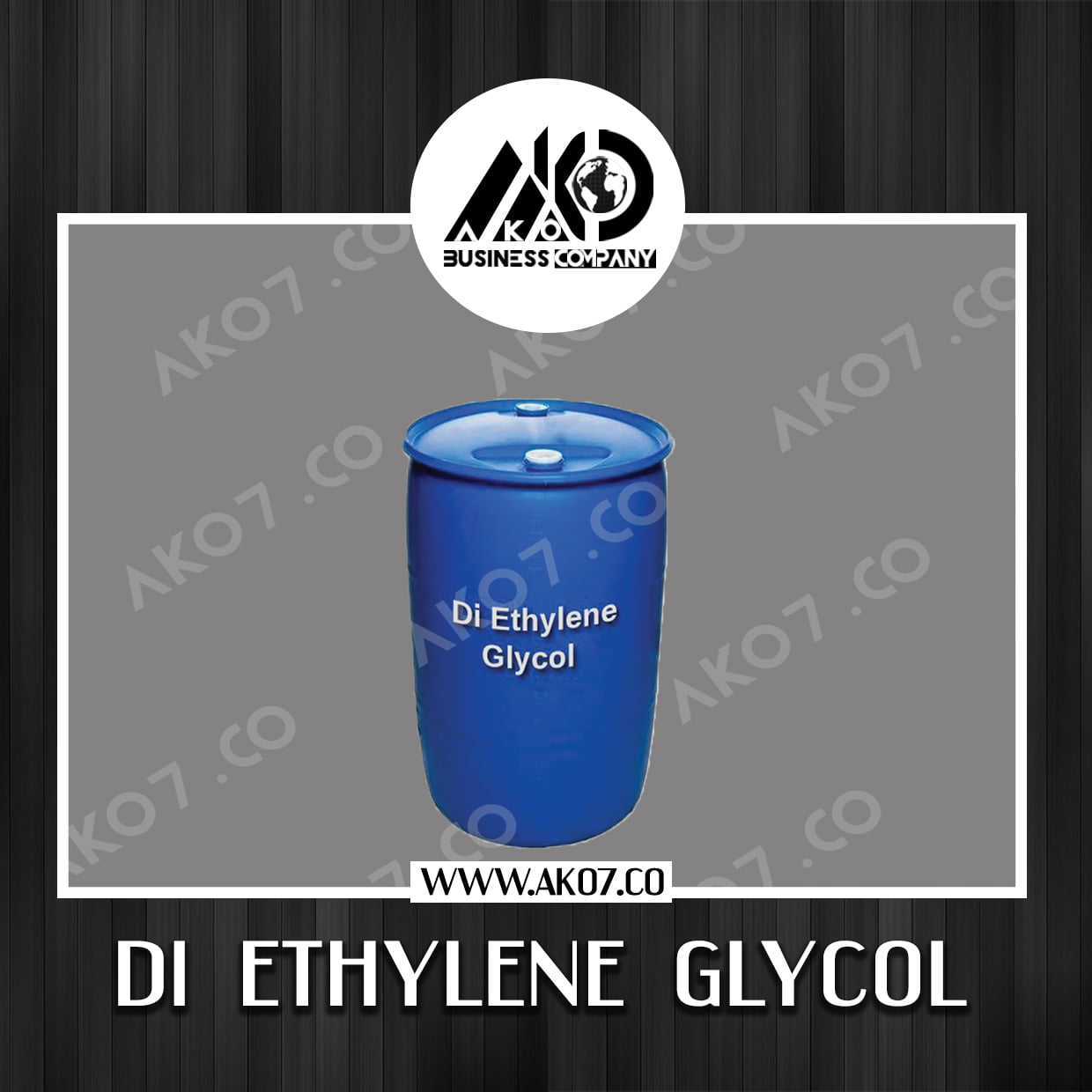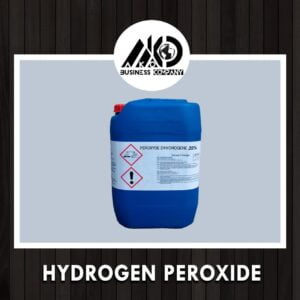Di Ethylene Glycol
CHEMICALSDi Ethylene Glycol
Di Ethylene Glycol (DEG) is an organic compound with the formula (HOCH2CH2)2O. It is a colorless, practically odorless, hygroscopic liquid with a sweet taste. It is a four-carbon dimer of Ethylene Glycol. It is miscible in water, alcohol, ether, acetone and Ethylene Glycol. DEG is a widely used solvent. It can be a contaminant in consumer products. This has led to numerous poisoning epidemics since the early 20th century.
Description
Di Ethylene Glycol
Di Ethylene Glycol (DEG) is an organic compound with the formula (HOCH2CH2)2O. It is a colorless, practically odorless, hygroscopic liquid with a sweet taste. It is a four-carbon dimer of Ethylene Glycol. It is miscible in water, alcohol, ether, acetone and Ethylene Glycol. DEG is a widely used solvent. It can be a contaminant in consumer products. This has led to numerous poisoning epidemics since the early 20th century.
Technical Properties
Technical properties of Di Ethylene Glycol:
Cas Number: 111-46-6
Molecular Formula: C4H10O3 or (CH2CH2OH)2O
Synonyms: Diglycol, DEG, 2,2-oxydiethanol and dihydroxy diethyl ether
Molecular Mass: 106.12 g/mol
Flashpoint (open cup): 143 °C (290 °F(
Autoignition temperature: 229 °C (444 °F(
Boiling Point: 245 °C (473 °F(
Melting Point: -10 °C (14 °F)
Density: 1.12 at 20 °C (68 °F)
Log P: -1.47
Health hazards
The compound is rated a 1 for health under the NFPA 704 indicating that exposure should only cause a minor residual injury.
The primary health hazard with Di Ethylene Glycol is the risk of poisoning. The chemical properties of the compound make it possible to be passed as counterfeit Glycerol, a highly versatile, non-toxic compound used as a sweetener in food and an antiviral in the medical industry. Many deaths have occurred because of products produced using Glycerol being contaminated with Di Ethylene Glycol.
If the compound is swallowed, then fomepizole or ethanol should be promptly administered to prevent metabolism. While fomepizole has minimal adverse effects, it is a highly expensive treatment option. Later in the phases of a poisoning when DEG has metabolised, dialysis may be the only remaining option for the individual.
Uses
- Di Ethylene Glycol is used in the manufacture of saturated and unsaturated polyester resins, polyurethanes, and plasticizers.
- DEG is used as a building block in organic synthesis, e.g. of morpholine and 1,4-dioxane
- It is a solvent for nitrocellulose, resins, dyes, oils, and other organic compounds.
- It is a humectant for tobacco, cork, printing ink, and glue.
- It is also a component in brake fluid, lubricants, wallpaper strippers, artificial fog and haze solutions, and heating/cooking fuel.
- In personal care products (e.g. skin cream and lotions, deodorants), DEG is often replaced by selected Di Ethylene Glycol ethers. A dilute solution of Di Ethylene Glycol can also be used as a cryoprotectant;
|
Name material: DI ETHYLENE GLYCOL(DEG) |
||
| Specification | Normal |
Result |
|
SP.GR@15 |
1.1175 – 1.1395 | 1.125 |
|
UV.Trans At350nm |
15 – 30 | 20 |
| Color A.P.H.A | 50 – 70 |
70 |
| Water content
MAX |
1 |
0.9 |
|
Solid |
0 | 0 |
| MEG %MAX | 4 |
2 |
| TEG %MAX | 4 |
2 |
|
SUSPENDEN – MATERIAL |
0 |
0 |
|
I.B.P |
220 MIN | 240 |
| 5% | 230 MIN |
242 |
| 25% | 242 MIN |
245 |
|
D.B.P |
250 MIN |
255 |
| PURITY MIN | 94 |
97 |
AKO as your Di Ethylene Glycol Supplier:
At AKO7, we are proud to create business flows, import and export products, arrange and manage international projects with our partners. With the support of our network, we can integrate all these functions with our rich experience. Our multiple competencies allow us to respond to the needs of industries seeking new markets.
For more information about our products, please contact us.






There are no reviews yet.